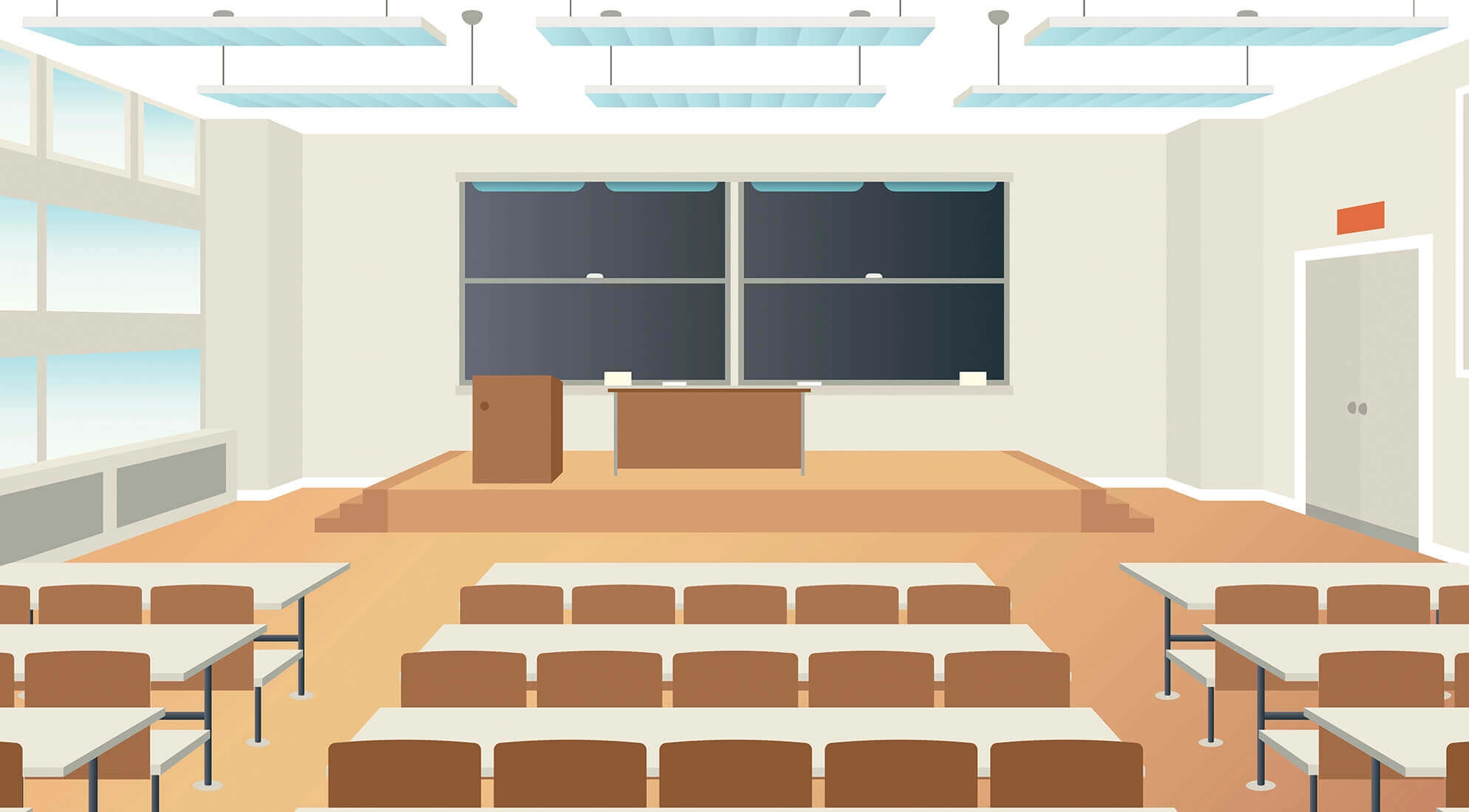Small higher education institutions looking for ways to maximize dollars spent in an arena plagued with competitive challenges tend to overlook strategies that can help them reduce their operational spending. Too often facilities are seen only as a cost center, but a proactive approach to maintenance can actually turn these building assets into value-adders.
Small colleges and universities that want to remain viable have to develop new strategies to make better use of the resources they have available. For facilities, this means improving the quality of expenditures—and a proactive maintenance plan that reduces deferred maintenance is the key to this shift.
Create Operational Savings
In good years, when there’s ample funding available, it is all too easy to throw money toward repairing broken or failing systems and hoping the repairs hold up during lean times. It’s this reason why deferred maintenance is a challenge plaguing higher education institutions around the country. But as the saying goes, “low hanging fruit often grows back.” Institutions that don’t stop the root causes of deferral will find they are right back where they started in another ten years—except the rate of deferral will be much higher and the costs may not be sustainable.
Putting off necessary maintenance today leads to more severe and more expensive problems in the long-term. When building systems fail, they cause problems that can impact a school’s ability to effectively compete. For example, a life safety system failure could mean closing a building, and that’s a setback from which small schools may find it impossible to gain the resources to recover.
It’s not cost-effective to chase maintenance problems as they arise. Consider maintenance staff who are constantly responding to calls to fix temperature problems across campus. While addressing the root cause of these problems may demand an upfront investment, it would also stop the trickle of money being applied to regularly address these problems, and the time maintenance staff wastes in responding to calls that pull them away from more strategic tasks.
By developing a proactive maintenance plan that relies on data to accurately predict maintenance needs, institutions can gain better control of their operational costs. In time, the cost reduction seen in switching from reactive to proactive maintenance can generate savings that then can be applied to larger projects, creating even greater operational savings.
Embrace Annual Stewardship
From a capital perspective, a maintenance approach that focuses on annual stewardship can also slow the rate of maintenance project deferral. Annual stewardship sets up the recurring funding needed to maintain building components appropriately and ensure they reach, or exceed, their expected end of life.
An annual stewardship program dedicates maintenance funds to asset-enhancing work, planned maintenance and cycle maintenance. This not only keeps spaces functioning appropriately, but also can extend the useful life of critical systems. When institutions properly steward their systems, they have to replace those systems less often, thereby lowering future capital needs.
Consider that an unmaintained boiler, plagued by unchecked maintenance problems, may need to be replaced every 15 years or so. On the other hand, by appropriately stewarding a boiler through scheduled preventative maintenance it’s possible that same machine could last beyond its 30-year projected lifecycle. By replacing this component less often than expected, the institution less frequently incurs that capital cost and gains predictability in its maintenance spending.
Increasing annual stewardship spending over time can help higher education institutions to lower their daily service costs. It’s possible through this planned spending to push out the long-term capital liability of space.
Better Protect Your Assets
It’s an unavoidable fact that all campus assets will require maintenance funding, but proactive maintenance can significantly lower those costs over the long-term. By taking control of those charges and addressing them before they come due, small institutions can not only better protect their largest asset but also reap savings benefits by extending the lifespan of critical systems. Funds can then be applied to tackling larger projects as they come due and establishing increasingly more effective operational programs.
While it’s common sense to pursue savings opportunities, making the leap from reactive to proactive maintenance demands a culture shift from maintenance teams and a strategic understanding of where to apply expenditures to maximize the return on investment.





